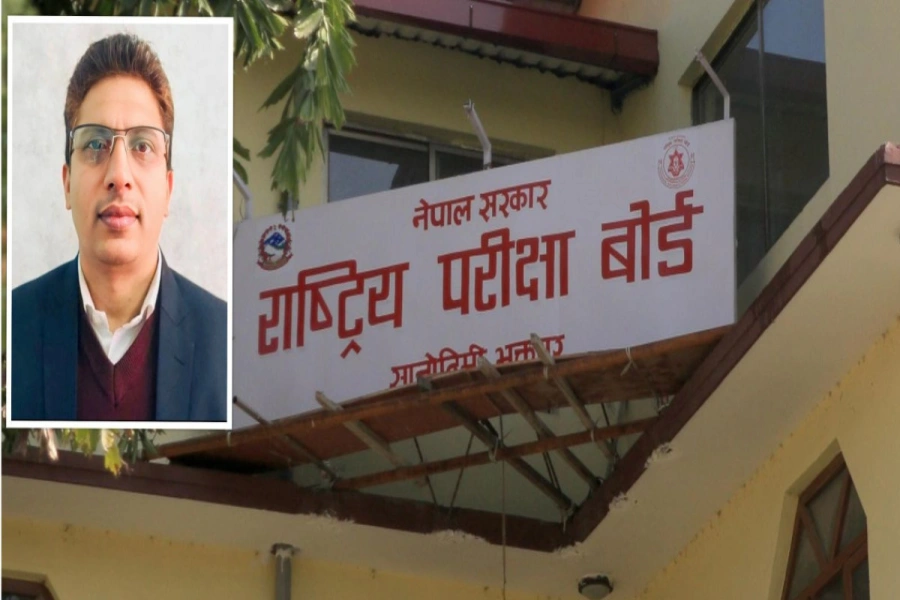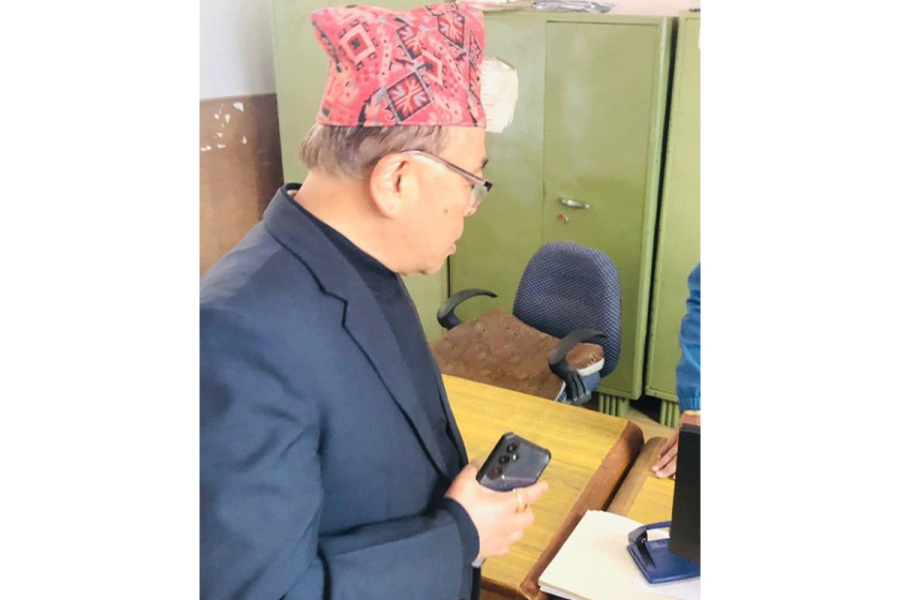Background
Fiction is a popular genre of literature. It is an artistic depiction of the deliberations, successes, failures, and possibilities of human life. The story is woven and presented based on the richness of the narrator’s knowledge, experience, and perspective.
Even though storytelling is a popular genre in Nepali literature, the inception of Nepali literary writing was from poetry. Nepali stories, which have started to be written descriptively by picking up the social theme, have become very detailed and comprehensive in terms of subject matter, thinking and perception. Nepali stories include social, psychosocial, psychological, political, internal human conflicts and mental complexities, love, and sensual and sexual frustrations.
The intricacies created by the increasing use of technology, competition, ambition, aspirations, and complexities created by globalization, the social structure being destroyed by individualistic thinking, and the supremacy of the ego of the persons attempting to overshadow it are all gradually being written in Nepali stories. Therefore, today’s Nepali stories are on a journey toward prosperity in variety, range, and impact.
Shova Gyawali as an author
Shova Gyawali’s story collection Sampurna Aakash released (with...

Shova Gyawali, is one of the new writers, who has recently joined the cluster of writers who have been making Nepali stories modern and impactful. Her first collection of short stories was published recently. Her entire collection of short stories, Sampurna Akash (A Whole Sky), was just recently released. Shova, in this respect, is striving to stand on her own in Nepali literature. Her stories indicate that Shova’s journey in story writing will prolong, if inspiration, continuity, and good wishes are received. Shova’s book is a collection of 25 medium-sized stories. The stories keep readers engaged, draw them into another world, and make them imaginative. The language of these stories gives the impression that some of the characters in the story are ‘me’; it is fluent.
Themes and Styles used in the book
In terms of subject matter, the central theme of most of Shova’s stories is love. However, the dimension of love is quite broad. Surrender, sacrifice, attraction, and friction are aspects of love. When we look at the flip side of love, it appears that there is jealousy and expectation in love. If that expectation is not met, it evolves into hatred. Separation, despair, frustration, and hatred are all co-products of love. So, love is a means of life, but for the unknown, it is the abode of death. Although author Shova places love at the core of the stories in this book, each story explores a different aspect of love. Therefore, each story is unique. For example, in the story titled “Antim Nirnaya (Last Decision),” the temperament and internal conflict of Nepali women are portrayed.
Similarly, the love of and affection of urban youth is depicted in the story titled “Byatha (Pain).” In this story, the deeply rooted caste system in Nepali society, class discrimination between rich and poor is raised in the context of love, but positively. Love is revealed in this story to be pure and above such man-made aberration in society. “Samjhana (Remembrance)” is a story about failed love. The story entitled “Paschataap (Repentance)” is about an aristocratic man who betrays his beloved wife. This story shows the truth that regrets arose after suffering from an incurable ailment that would not bring life back. Likewise, “Pahilo Maya (First Love)” is a story about cheating spouses.
The story also explores the psychology of a woman who cannot forget her first love. The story “Nalekhine Prem (Unwritten Love)” is based on events that occur inside an upper-class family. Sujata, the protagonist of this story, continues to be a victim of domestic abuse. Still, her love never fades, and in the end, her relationship with her husband improves, and her life becomes better. The story “Sunna Napayeko Uttar (Unheard Answer)” also discusses women’s psychology. It is a love story between a young woman from a middle-class family and a young man from an upper-class family. In the story titled “Mitratako Upahar (The Gift of Friendship)” it seems that the writer has ignored the minor technicalities in the story's texture. Correcting the errors thereof will increase the significance of this story even more.
One of the best stories in the book is “Samayako Fer (Side of Time).” Despite the central theme of love, this story differs from others in terms of narrative and style. Most of the stories in this book reflect various elements of love, middle class, and upper-class life. A story is written through experience, knowledge, reasoning, and perception. Shova’s stories are less about imagination and more about social events and human behavior.
The stories are written in both the first person and third person styles. As needed, flashbacks have been included in the stories. It adds fragrance to the plot. By reading these stories, the readers get the hint that the writer comes from the upper-middle class. What kind of story to write? The style of writing is a personal choice of the writer. The writer’s surroundings, the society in which she grew up, her education, her lifestyle, her experiences, her views on life, and her accompaniment help the writer select the subject matter and create the literary style and texture of the story. Expecting everything from a writer, especially from her first book, puts additional strain on the writer. It is more reasonable to anticipate that Shobha will tell the stories not included in this book in subsequent stories.
The Philosophical Side of the Story
Shova, the writer, has offered her philosophical views in numerous places throughout this book. She infuses philosophy at the appropriate points in the story. Philosophical expressions emerge when life becomes more transparent with experience. Storytelling is a minor aspect of human life. A person is a character, and eventually, s/he becomes a story. Thus, the expression that touches the philosophy in the story adds to the story’s beauty.
In the book, the writer writes: “The darkest day of life shows man the way to light.” (Samayako Fer, page 190)
“Dreams have power. In fact, dreams are the basis of reality.” (Sapana, Page 139)
“Life is a calculation that solves problems through formulas. No creature in this world is happy. The ones we see happy are just pretending.” (Antim Nirnaya, Page 229)
Reading such serious and objectively presented expressions brings delight to the readers. Such expression and philosophical thoughts teach the reader, but not as a command or intervention, but as a truth to be experienced. So, such expressions are not objectionable.
Conclusion
Shoba, as a story writer, has a lot of potentials to make a name for herself. She will be able to build a name for herself in Nepali fiction, if she is selective in her subject matter and uses her language and expressive qualities more effectively and meticulously. She has already begun to pave the road. Her writings do not overly push the storyline, and most of the language is courteous yet utilized to the character’s position. Many of the stories are not dramatic, even though the writer appears to be sloppy at times. The themes woven into the stories are the reality of our society. It is only fair for the author to hope that her next book will be more enjoyable, captivating, and impactful and that we, the readers, would love reading her stories more.







































